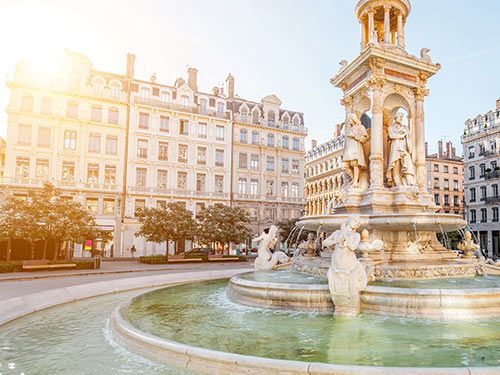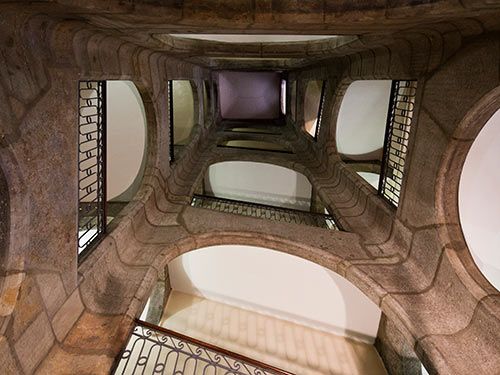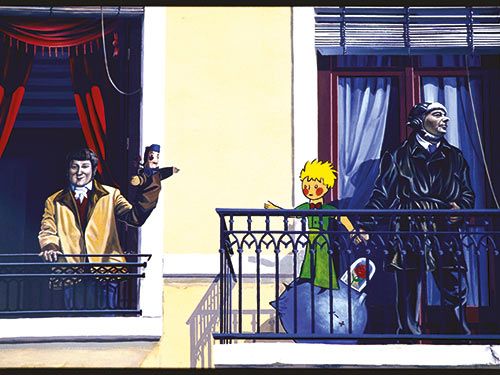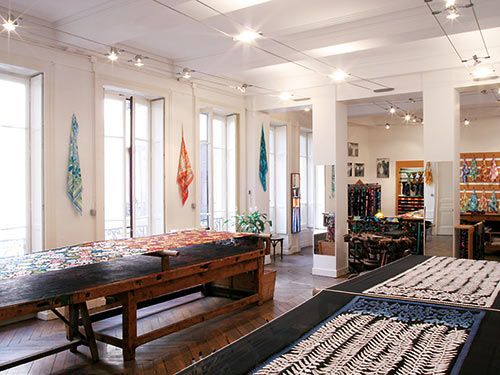- Discover
- Heritage / UNESCO
- Lyon’s traboules and courtyards
Lyon’s traboules and courtyards
A quick introduction to traboules, courtyards and miraboules!
Heritage / UNESCO
Lyon's traboules: well-hidden treasures not to be missed! It would be inconceivable to visit Vieux-Lyon (Old Lyon) and the slopes of Croix-Rousse hill without exploring their traboules and miraboules!
Those of Vieux-Lyon are home to treasures of the Renaissance! Those of the Croix-Rousse, more recent, date mostly from the eighteenth and nineteenth centuries. Those on the Presqu'île, which are less well-known, are worth going out of your way to see!
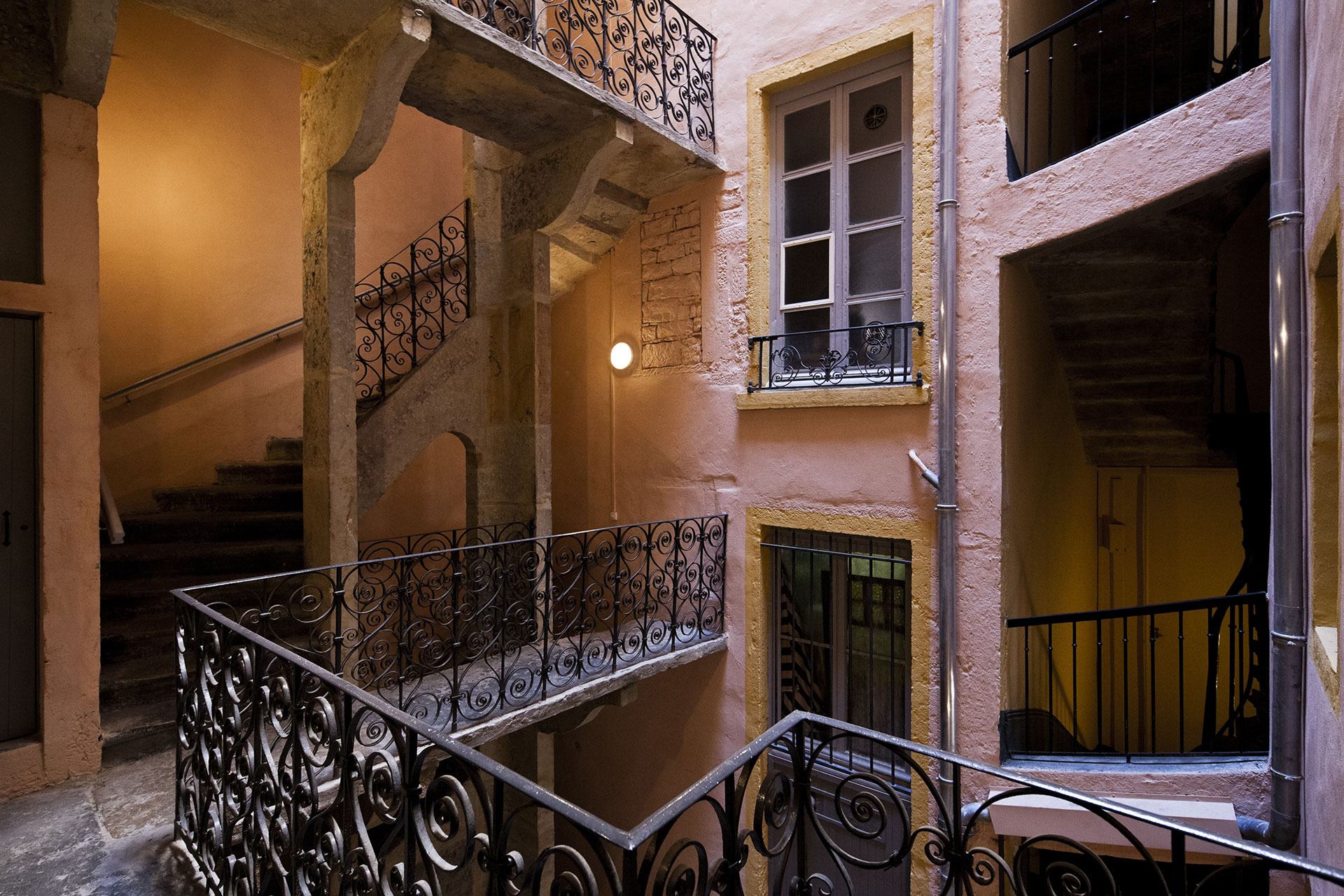
See all pictures
A quick introduction to traboules, courtyards and miraboules!
"Traboules", from the Latin "trans ambulare" (pass through), are shortcuts linking streets through one or more buildings.
And "miraboules" ?
Pleasing to the ear, this word was coined in the 1960s by local historian Félix Benoît to refer to Lyon’s inner courtyards, which lead nowhere but are often of great beauty!
Spiral staircases, turrets, Italian-style galleries, wells, statuettes and sculptures, and small gardens are some of the hidden treasures that lie in wait.
There are about 200 in Vieux-Lyon, 160 on the slopes of Croix-Rousse hill and 130 on the Presqu’île, making a total of 500 traboules in more than 230 of Lyon’s streets. However, only about 80 are open to the public...
On the Presqu'île, only one traboule is a signatory to the agreement : the one connecting 9 Rue Laurencin to the Cour des Trois Passages.
However, you can use the beautiful traboule connecting 13 Rue de la Poulaillerie (where the lovely Museum of Printing and Graphic Communication is located) to 2 Rue des Forces (entrance sometimes closed).
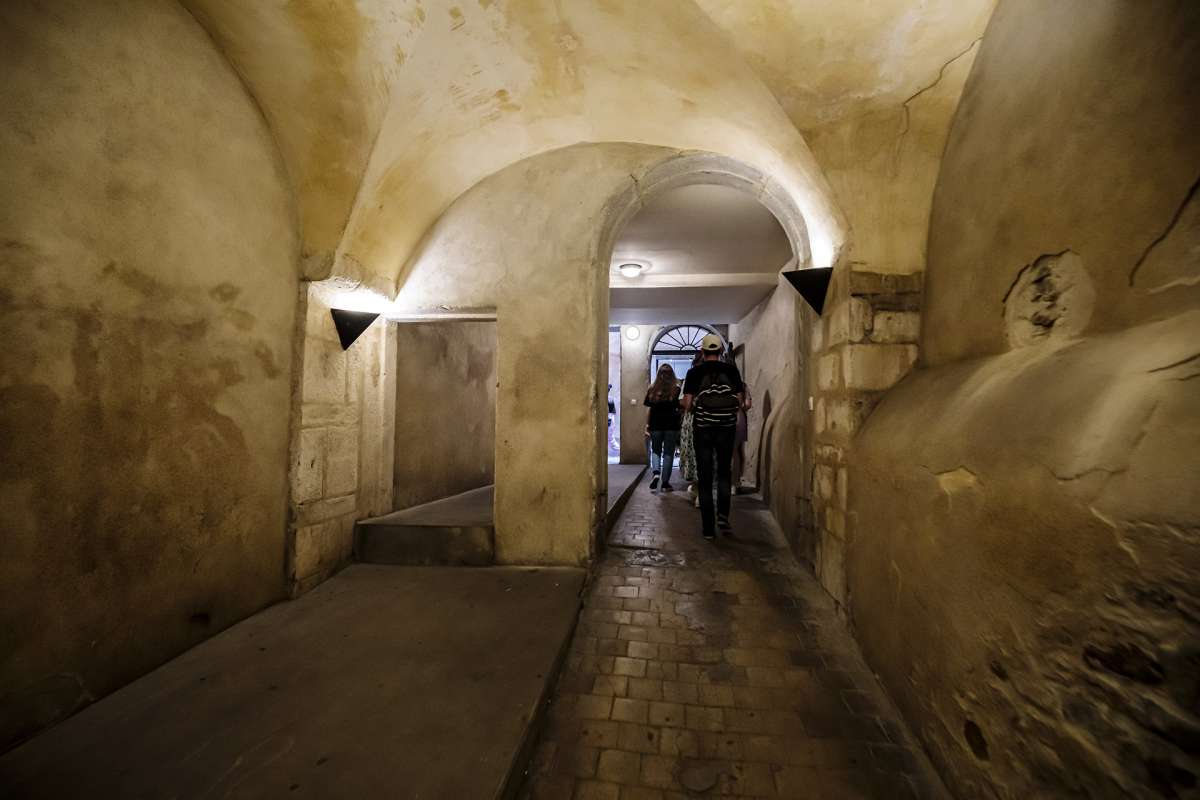
DISCOVER
The traboules and courtyards of Vieux-Lyon
Most of them date from the Renaissance... Courtyards or traboules, they are all different and have some surprises for you!

DISCOVER
The traboules and courtyards of Croix-Rousse
More recent but no less charming, the traboules and cours de la Croix-Rousse and des Pentes are closely linked to the history of the Canuts!
The Courtyard and Traboule Agreement
It is thanks to this agreement that visitors have the chance to visit some traboules. Many owners have carried out costly renovation works in the old buildings where they live. Elsewhere, many traboules and courtyards have been closed to preserve cleanliness and tranquility for local residents.
In order to avoid this heritage becoming definitively inaccessible to all, the City of Lyon signed an agreement with owners of buildings where traboules and courtyards are found, to enable their opening to the general public during the day. In this way, this exceptional heritage can be visited and local residents can continue to use these shortcuts to make their way around, as they have always done.
The Courtyard and Traboule Agreement, which was adopted in July 1990, stipulates that the City and the Urban Community contribute to the costs of maintaining, cleaning and lighting these areas, in exchange for a public right of way through the traboules and private courtyards for pedestrians, 365 days a year, between 7 am and 7 pm.
Owners also accept that the City of Lyon places information plaques at the entrances to courtyards and traboules, and a sign asking visitors to preserve their tranquility and cleanliness.
To discover the 50 courtyards and traboules covered by the agreement, consult the list updated in May 2025 below:

Welcome to our traboules !
Here are a few tips from local residents to bear in mind as you explour our famous hidden passageways known as 'traboules' where we want visitors, shopkeepers and residents to live together in perfect harmony.
- Patience, pays: are there already people in front of you? Wait for a few moments until the traboule empties before entering, as you will appreciate it even more when it's quiet.
- Silence is golden: there's no need to shout, as your voice will resonate easily (and there may be children taking a nap in neighbouring buldings).
- Eyes wide open: there are many traboules and hidden courtyards between Saint-Georges and Saint-Paul neighbourhoods of Vieux-Lyon, as well as in the Croix-Rousse and Presqu'ile districts.
- Use the map of Lyon to discover them all and get off the beaten track.
Visit them with a guide
Choose a guided tour to learn all about the history of these little wonders of heritage, including anecdotes, architectural styles and techniques.
Several tours offer a chance to explore Lyon’s traboules and see the main secret passages, which are closely linked to the city’s history.
The shop
Our guided tours through the traboules
If you prefer to explore by yourself, try the Traboules app, available on iTunes.
Please bear in mind that these are private residences, which local residents have left open in order to allow visitors to freely admire this heritage. So please be respectful by not talking loudly, shouting, running or littering. Otherwise, these passageways may have to be closed to future visitors. Read the Charter of Good Practises so that local residents and visitors can coexist in the best possible conditions.

